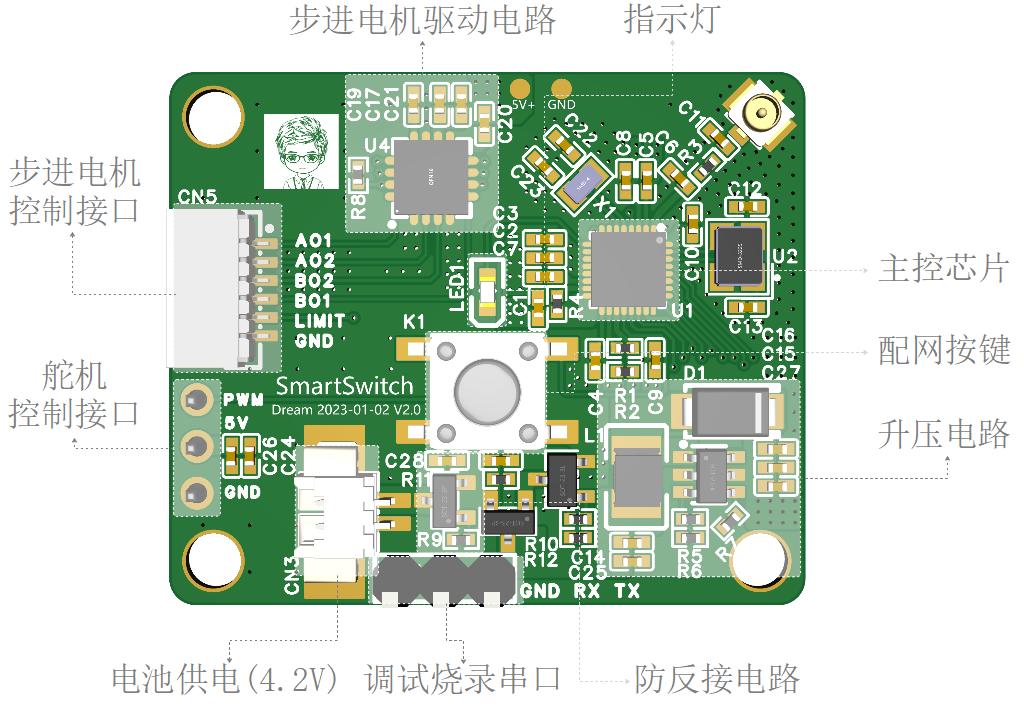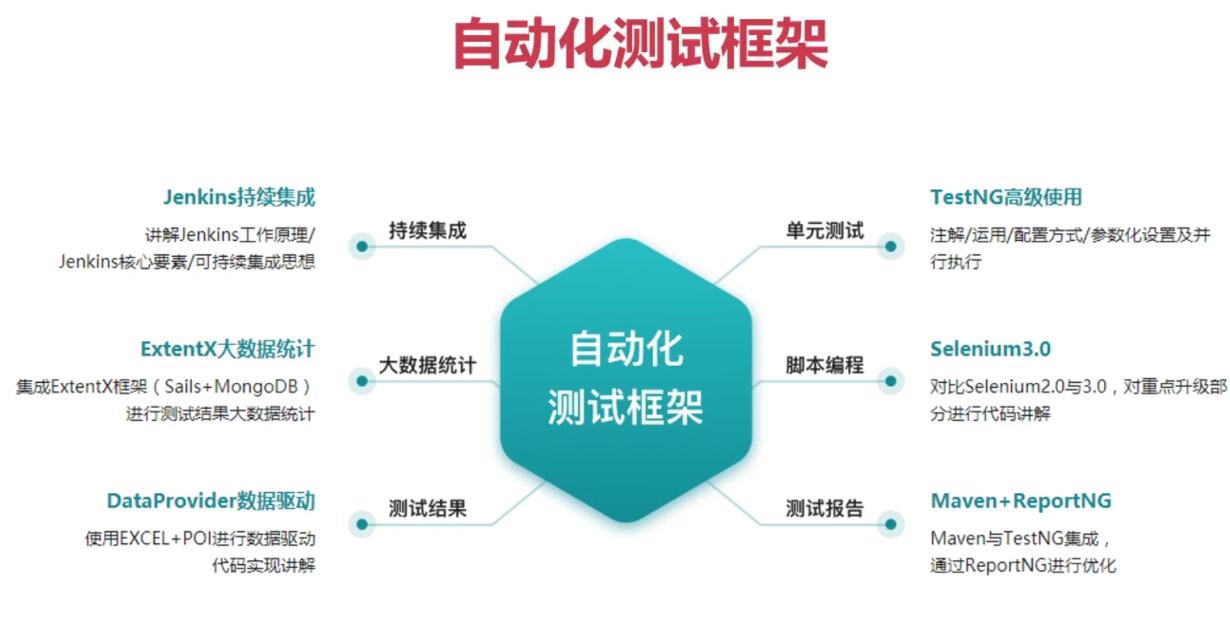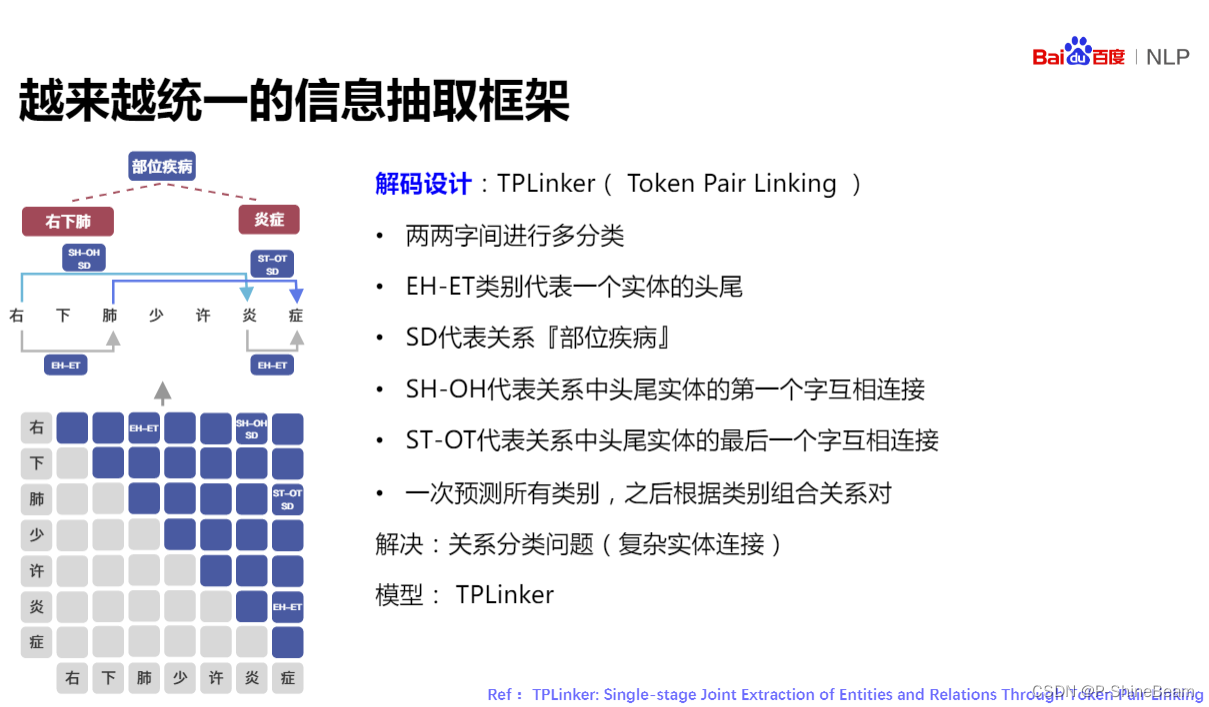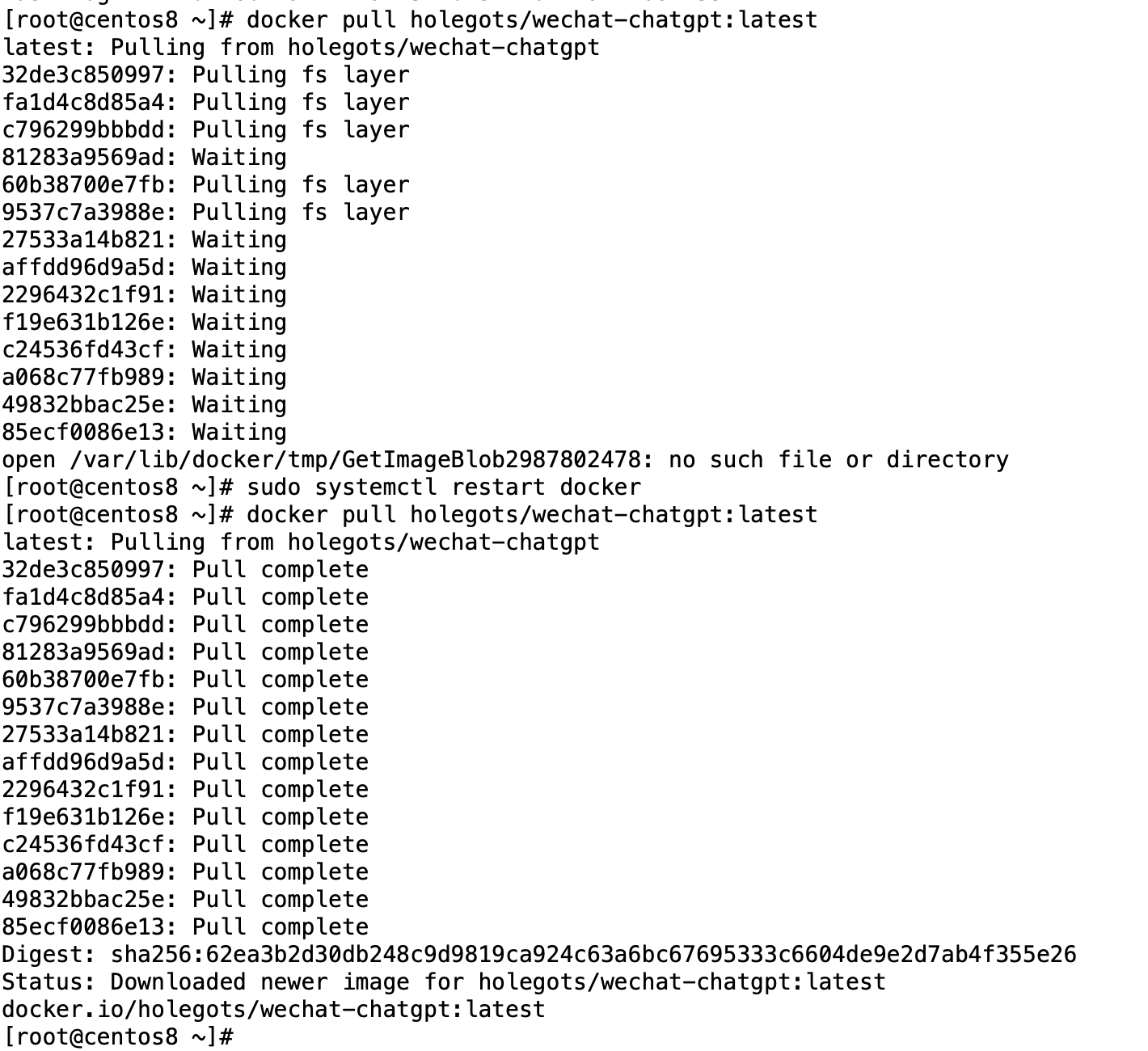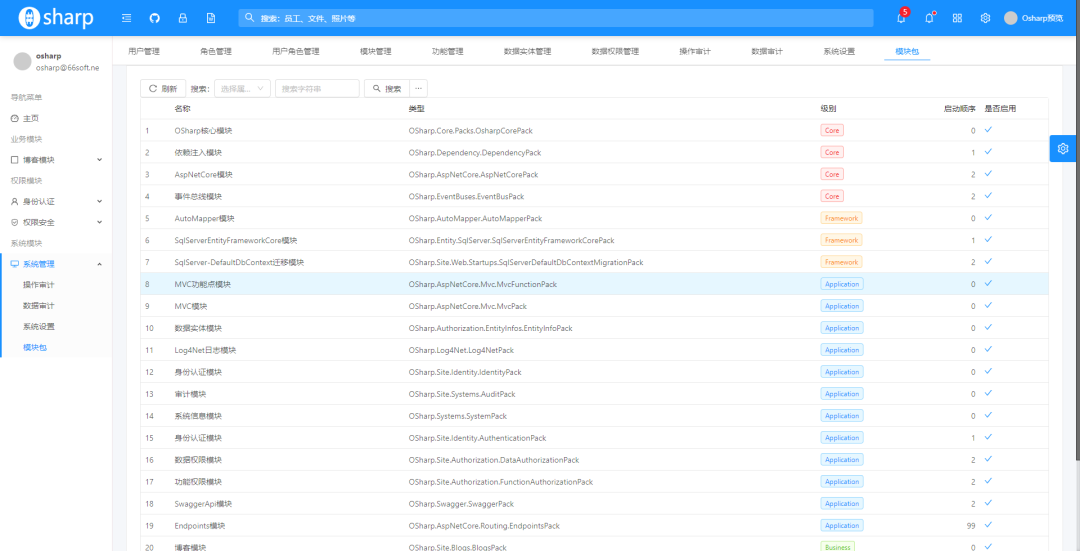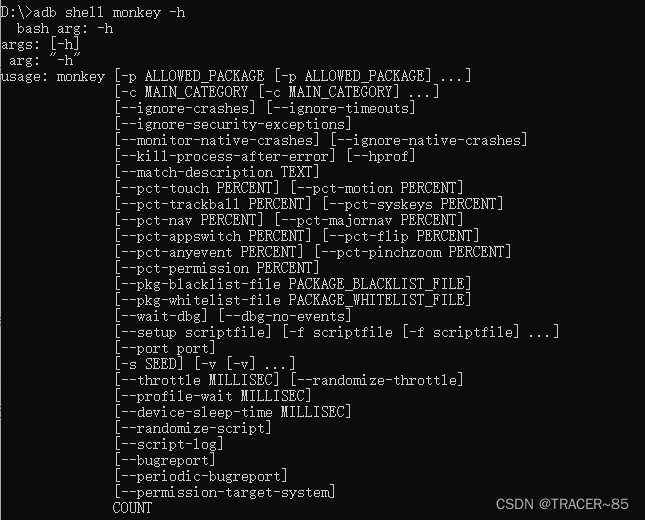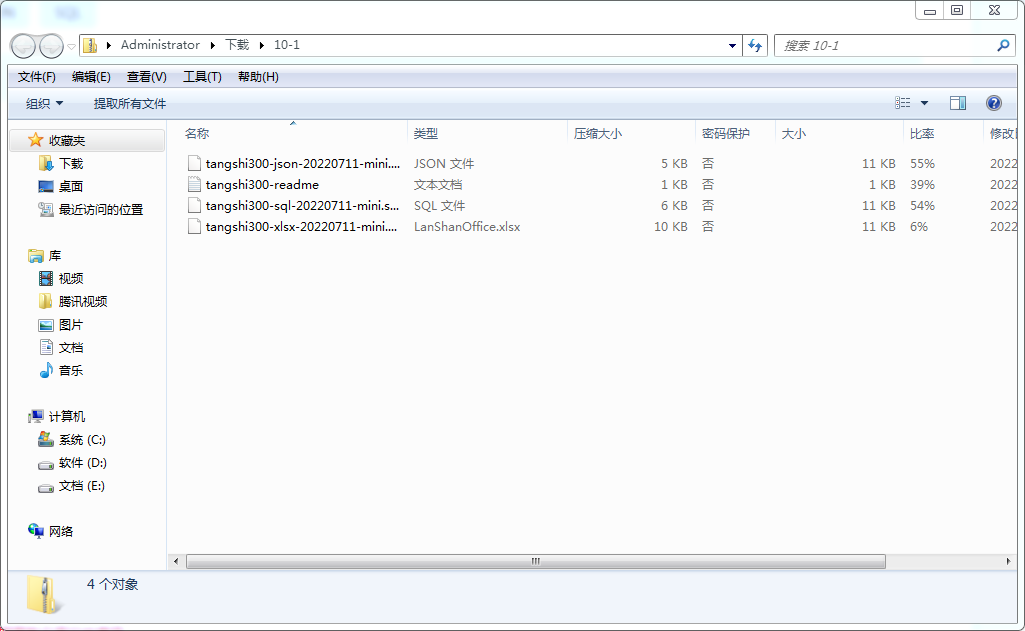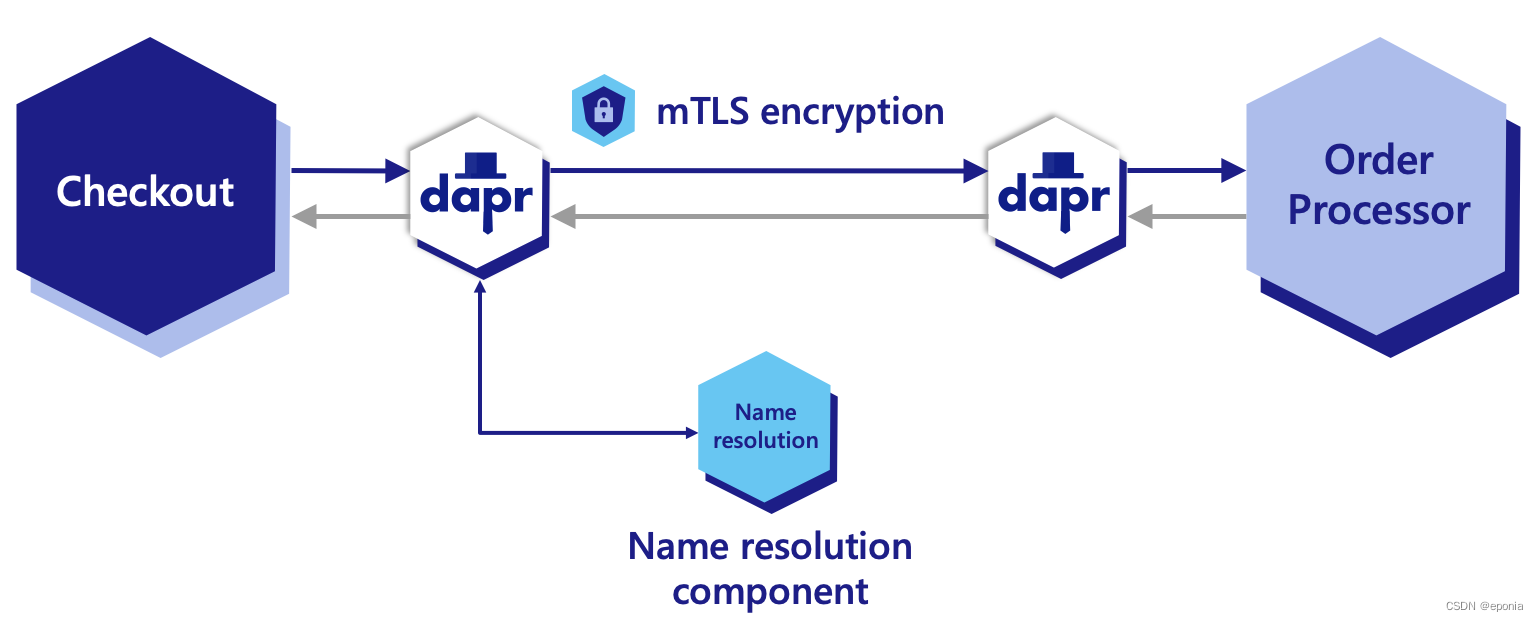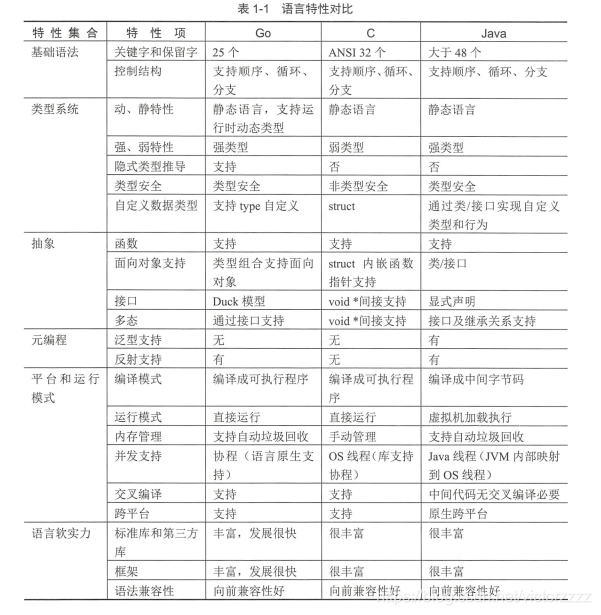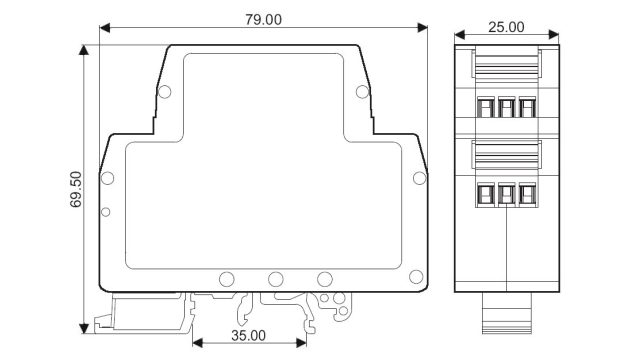享元设计模式
享元(flyweight)设计模式属于结构设计模式类别。 它提供了一种减少对象数的方法。 它包含各种有助于改进应用程序结构的功能。享元对象最重要的特性是不可变的。 这意味着一旦构建就不能修改它们。 该模式使用HashMap来存储引用对象
如何实现享元(flyweight)设计模式?
以下程序演示如何实现享元模式
class ComplexGenetics(object):
def __init__(self):
pass
def genes(self, gene_code):
return "ComplexPatter[%s]TooHugeinSize" % (gene_code)
class Families(object):
family = {}
def __new__(cls, name, family_id):
try:
id = cls.family[family_id]
except KeyError:
id = object.__new__(cls)
cls.family[family_id] = id
return id
def set_genetic_info(self, genetic_info):
cg = ComplexGenetics()
self.genetic_info = cg.genes(genetic_info)
def get_genetic_info(self):
return (self.genetic_info)
def test():
data = (('a', 1, 'ATAG'), ('a', 2, 'AAGT'), ('b', 1, 'ATAG'))
family_objects = []
for i in data:
obj = Families(i[0], i[1])
obj.set_genetic_info(i[2])
family_objects.append(obj)
for i in family_objects:
print "id = " + str(id(i))
print i.get_genetic_info()
print "similar id's says that they are same objects "
if __name__ == '__main__':
test()
执行上述程序生成以下输出

抽象工厂设计模式
抽象工厂模式也被称为工厂的工厂。 此设计模式属于创建设计模式类别。 它提供了创建对象的最佳方法之一。
它包含一个接口,负责创建与工厂相关的对象。
如何实现抽象工厂模式?
参考以下程序,演示如何实现抽象工厂模式。
class Window:
__toolkit = ""
__purpose = ""
def __init__(self, toolkit, purpose):
self.__toolkit = toolkit
self.__purpose = purpose
def getToolkit(self):
return self.__toolkit
def getType(self):
return self.__purpose
class GtkToolboxWindow(Window):
def __init__(self):
Window.__init__(self, "Gtk", "ToolboxWindow")
class GtkLayersWindow(Window):
def __init__(self):
Window.__init__(self, "Gtk", "LayersWindow")
class GtkMainWindow(Window):
def __init__(self):
Window.__init__(self, "Gtk", "MainWindow")
class QtToolboxWindow(Window):
def __init__(self):
Window.__init__(self, "Qt", "ToolboxWindow")
class QtLayersWindow(Window):
def __init__(self):
Window.__init__(self, "Qt", "LayersWindow")
class QtMainWindow(Window):
def __init__(self):
Window.__init__(self, "Qt", "MainWindow")
# Abstract factory class
class UIFactory:
def getToolboxWindow(self): pass
def getLayersWindow(self): pass
def getMainWindow(self): pass
class GtkUIFactory(UIFactory):
def getToolboxWindow(self):
return GtkToolboxWindow()
def getLayersWindow(self):
return GtkLayersWindow()
def getMainWindow(self):
return GtkMainWindow()
class QtUIFactory(UIFactory):
def getToolboxWindow(self):
return QtToolboxWindow()
def getLayersWindow(self):
return QtLayersWindow()
def getMainWindow(self):
return QtMainWindow()
if __name__ == "__main__":
gnome = True
kde = not gnome
if gnome:
ui = GtkUIFactory()
elif kde:
ui = QtUIFactory()
toolbox = ui.getToolboxWindow()
layers = ui.getLayersWindow()
main = ui.getMainWindow()
print "%s:%s" % (toolbox.getToolkit(), toolbox.getType())
print "%s:%s" % (layers.getToolkit(), layers.getType())
print "%s:%s" % (main.getToolkit(), main.getType())
执行上面示例代码,得到以下结果 -

说明
在上面的程序中,抽象工厂为每个窗口创建对象。 它调用每个方法,按预期执行输出。
面向对象设计模式
面向对象的模式是最常用的模式。 几乎所有的编程语言都可以找到这种模式。
如何实现面向对象的模式?
下面让我们看看如何实现面向对象的模式。
参考以下实现代码 -
class Parrot:
# class attribute
species = "bird"
# instance attribute
def __init__(self, name, age):
self.name = name
self.age = age
# instantiate the Parrot class
blu = Parrot("Blu", 10)
woo = Parrot("Woo", 15)
# access the class attributes
print("Blu is a {}".format(blu.__class__.species))
print("Woo is also a {}".format(woo.__class__.species))
# access the instance attributes
print("{} is {} years old".format( blu.name, blu.age))
print("{} is {} years old".format( woo.name, woo.age))
执行上面示例代码,得到以下输出结果 -

说明
代码包括类属性和实例属性,它们按照输出的要求打印。有各种功能构成面向对象模式的一部分。 这些功能在下一章中介绍。
